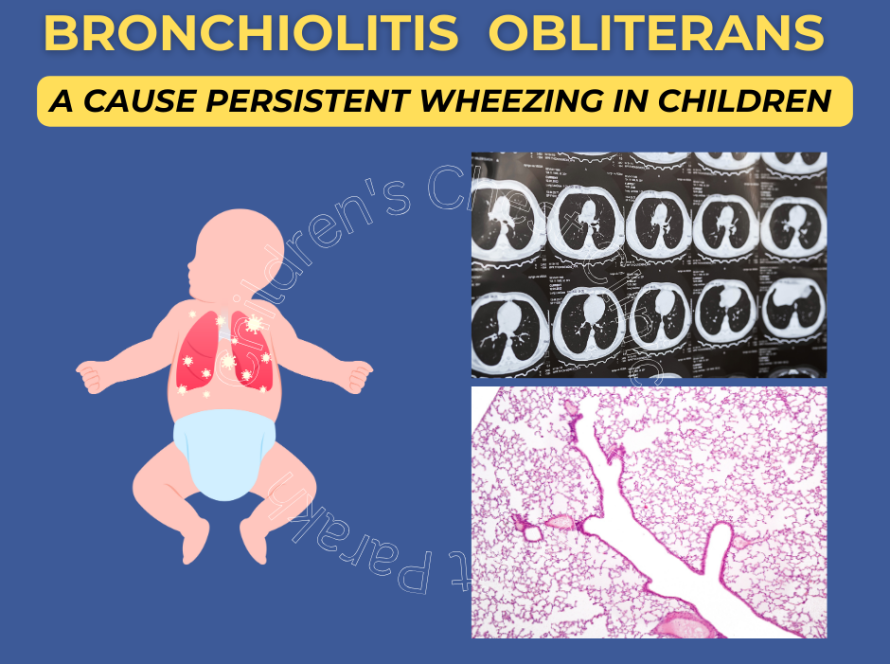A sleep study is a test that records various parameters while you are asleep. A sleep study is very useful for proper diagnosis of various sleep disorders in children, adolescents and adults. Sleep study is performed at night in a hospital or a sleep laboratory but recently sleep study can be done at your home as well.
When do you require a home sleep study?
Children and adults suspected of having obstructive sleep apnea (OSA) require a sleep study to confirm the diagnosis and know the severity. The symptoms suggestive of obstructive sleep apnea (OSA) are snoring on a regular basis with accompanied problems like gasping, snorts, observed episodes of stoppage of breathing (also called as apneas) or sleeping in a seated position or with the neck hyperextended. Obstructive sleep apnea (OSA) can also have daytime symptoms such as excessive daytime sleepiness, learning problems and attention-deficit/hyperactivity disorder.
What sensors are put in a home sleep study?
In a home sleep study few sensors are attached to measure various sleep parameters. During a home sleep study the technician brings the equipment at home. Our trained technicians will attach a few sensors at the child’s bedtime for the home sleep study. The study is done throughout the night with continuous recording onto the sleep equipment software. These sensors include:
- Breathing Sensor: Nasal cannula or prongs is a tube that is placed around the nose and wrapped behind the ears. Nasal cannula analyze the breathing patterns by tracking the air pressure when breathing in and out. Sometimes, an oronasal thermistor, or a temperature sensor is also used to estimate airflow. It can be especially useful in children who breathe mainly with the mouth.
- Effort Belt or RIP bands: two stretchy belts are wrapped, one around the chest and one around the tummy. These two belts measure the movements associated with breathing.
- Pulse Oximeter: A pulse oximeter is a small probe which is placed over a fingertip of the child to measure the oxygen levels in the blood.
- Microphone: A small sound sensor attached to the child’s neck which record’s sound and pressure. This microphone is used to measure snoring.
The next day early morning the study shall be stopped and equipment removed. The data is extracted into the computer software. The study is scored for various parameters and evaluated.

Are home sleep studies accurate?
Home sleep studies are accurate if they are done properly using good quality equipment and scored manually the next day.
In which situation a home sleep study is not appropriate?
Home studies may not be as accurate in children with complex disorders. These groups of children should get a complete in-Lab sleep study. These group of symptoms are children genetic syndromes like Craniofacial syndromes (Apert, Crouzon, Pfeiffer), achondroplasia, Down’s syndrome, Obesity syndromes (eg. Prader Willi), Mucopolysaccharidoses, Pierre Robin sequence etc. Children with neuromuscular disorders [spinal muscular atrophy, duchenne’s muscular dystrophy and other neuromuscular diseases] with suspected nocturnal hypoventilation and respiratory difficulty should also get an in-Lab sleep study.
What equipment do we use for home sleep studies?
We use a Somnoscreen Plus form Somnomedics, Germany for performing home sleep studies.
What information do we get on a home sleep study?
The home sleep study gives information on the number of apneas (complete obstruction of breathing) and hypopneas (partial obstruction in breathing). These helps us to calculate the apnea hypopnea index (AHI), which determines the severity of obstructive sleep apnea (OSA).
If your child is suspected to have obstructive sleep apnea do get in touch with a pediatric sleep specialist and plan for a sleep study.






